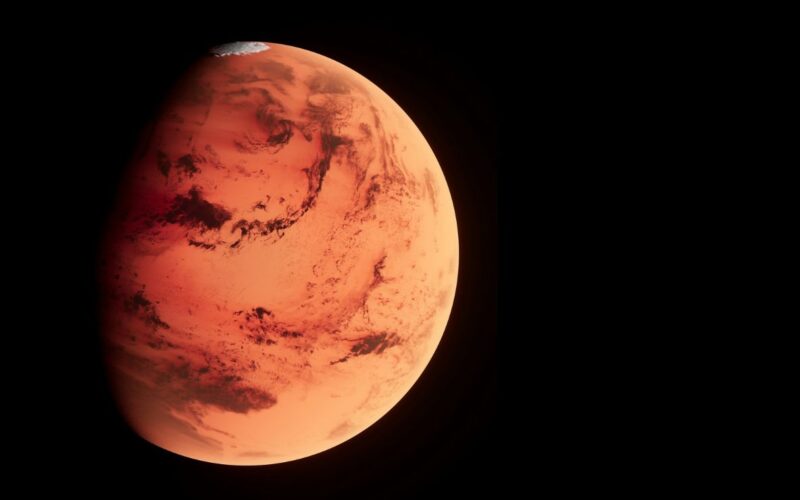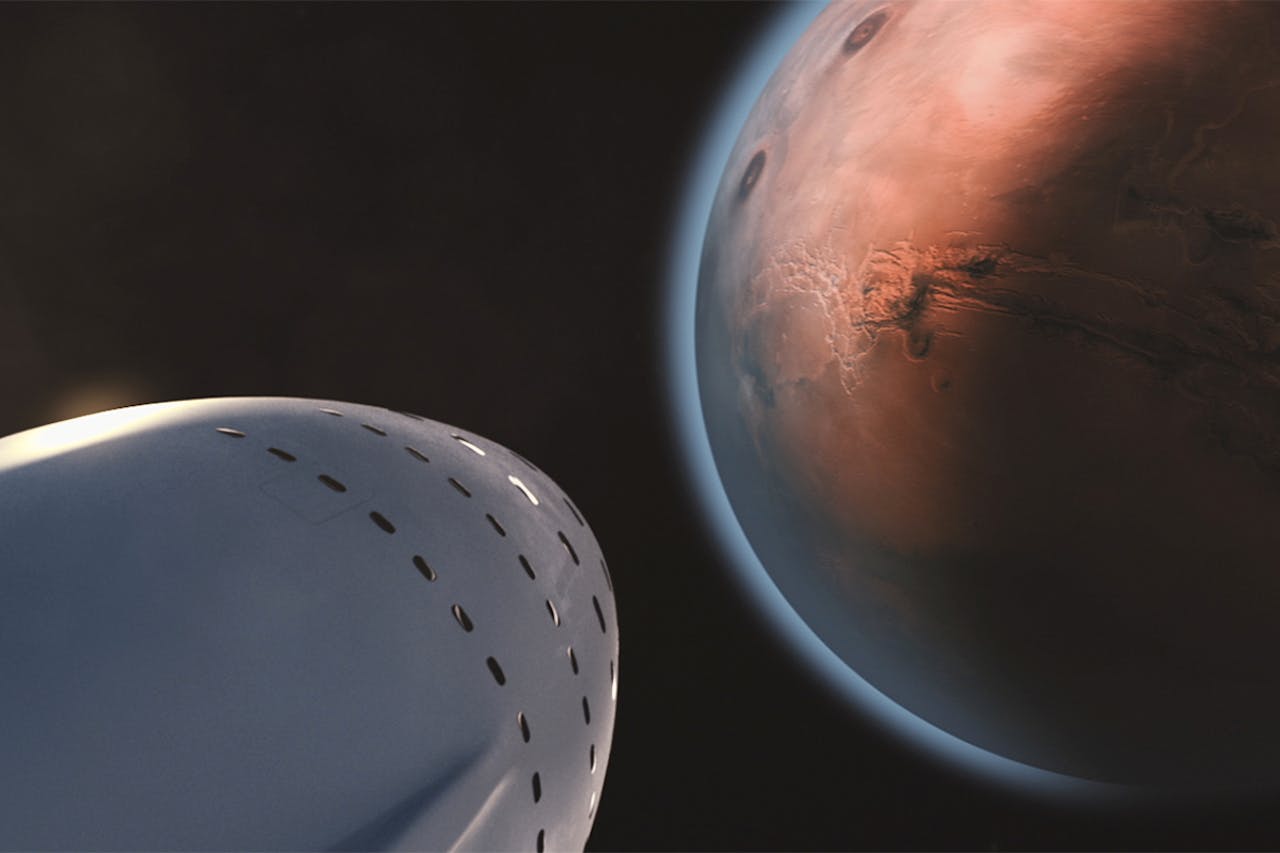Mars looks calm from millions of miles away, but it’s hiding a storm of mysteries. Even with all the data from high-tech rovers and orbiters, scientists are still unsure about some of the planet’s biggest secrets. The more we learn, the more confusing it gets. Strange signals, missing water, and odd surface features keep raising new questions. Here are ten puzzles that still leave NASA guessing.
1. Did Mars Ever Support Life?
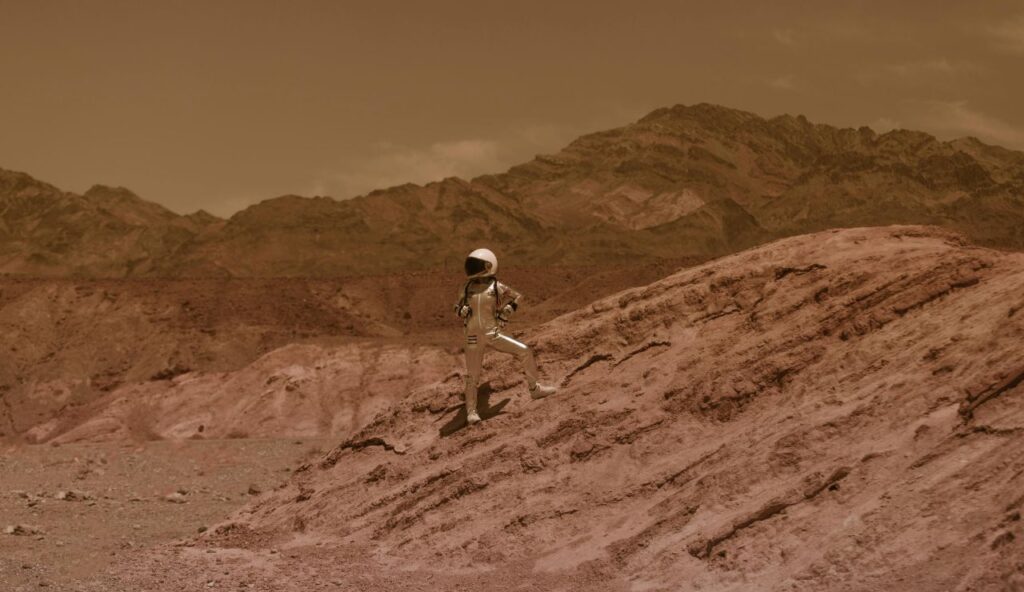
Scientists have always wondered if something once lived on Mars. The planet has dry riverbeds and old lake areas that suggest water was once there. Since water is key for life, it’s a big clue. Rovers have found some interesting stuff, like organic chemicals, but nothing that proves life existed. No fossils. No tiny creatures. Just hints. For now, we can’t say yes, but we can’t say no either.
2. Where Did All the Water Go?
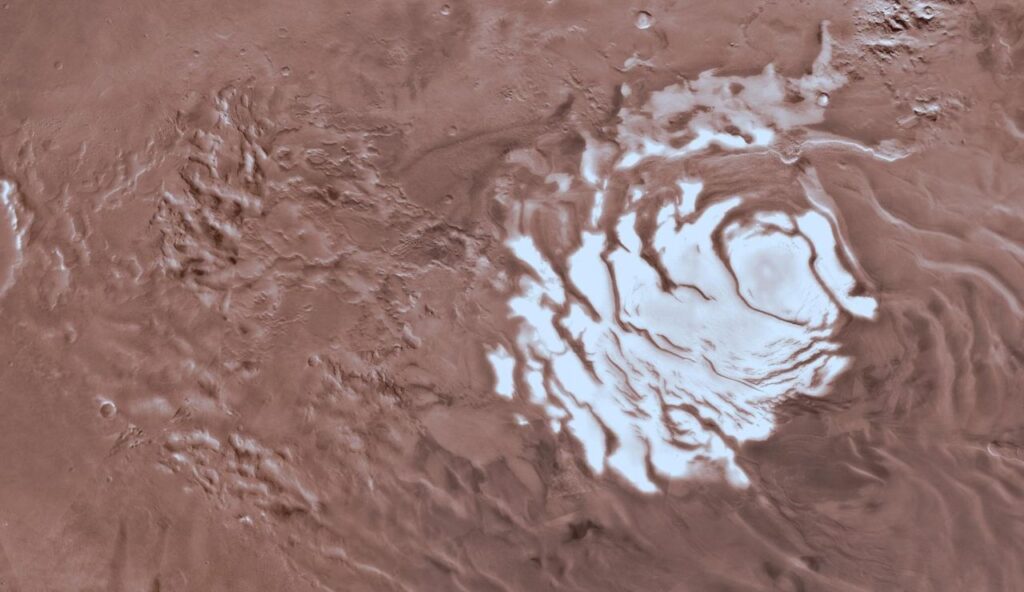
Long ago, Mars may have had oceans, rivers, and even rainfall. Now it’s dry and freezing, with barely any water in sight. So where did it all go? Some is still there, frozen at the poles or hidden underground. But most of it has vanished. Scientists believe Mars lost its thick atmosphere, and the water slowly escaped into space. Exactly how and when that happened is still a mystery.
3. Why Is Mars So Quiet Geologically?
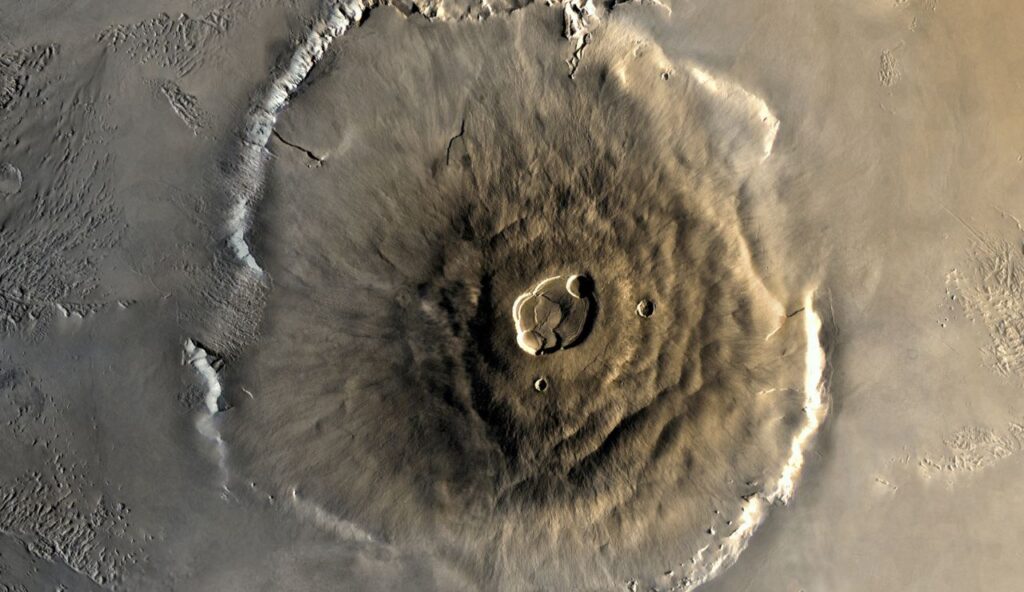
Mars has giant volcanoes and deep canyons, but today it’s oddly calm. Unlike Earth, it doesn’t have earthquakes or erupting volcanoes. Scientists think the planet’s core cooled down over time, stopping most of its activity. Without a hot interior, Mars became geologically quiet. But we don’t fully understand why it changed so fast or if anything is still going on deep below the surface.
4. What Causes Mars’s Dust Storms to Get So Huge?
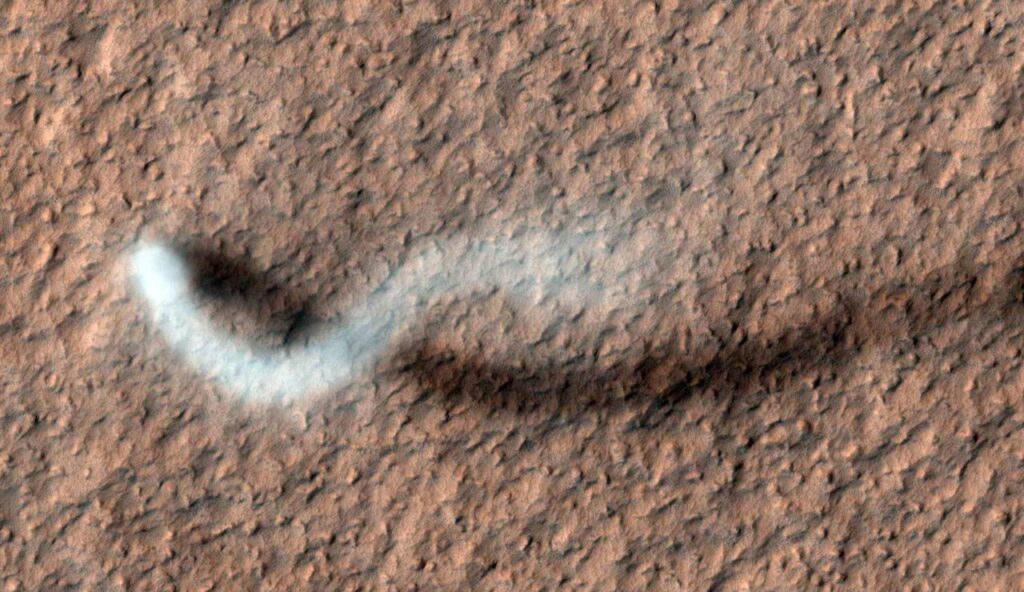
Mars is known for massive dust storms that can last for weeks and cover the entire planet. But what makes them grow so big? Scientists believe sunlight heats the surface unevenly, kicking up dust and starting a chain reaction in the thin atmosphere. These storms grow quickly and can block out sunlight for days. We still don’t fully understand why some stay small while others go global.
5. Is There Liquid Water Underground Right Now?
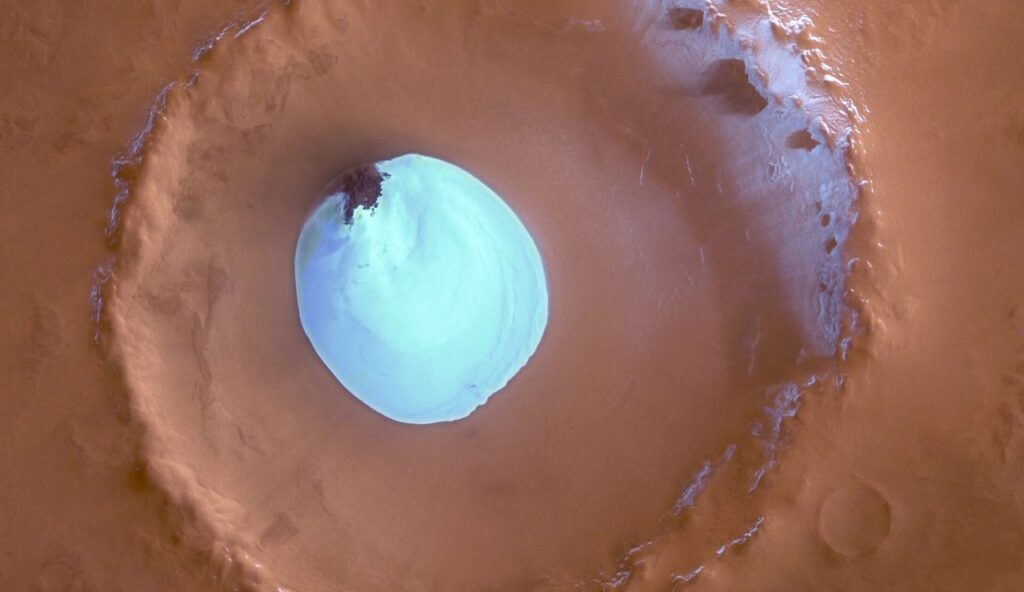
In 2018, radar from an orbiter picked up signals that hinted at liquid water beneath Mars’s south pole. Some scientists think it could be salty water trapped under layers of ice. Others believe it might not be water at all. Since we can’t drill that deep, no one knows for sure. If liquid water does exist underground, it could be one of the best places to search for signs of life.
6. Why Does Mars Have Such Strange Magnetic Crust?
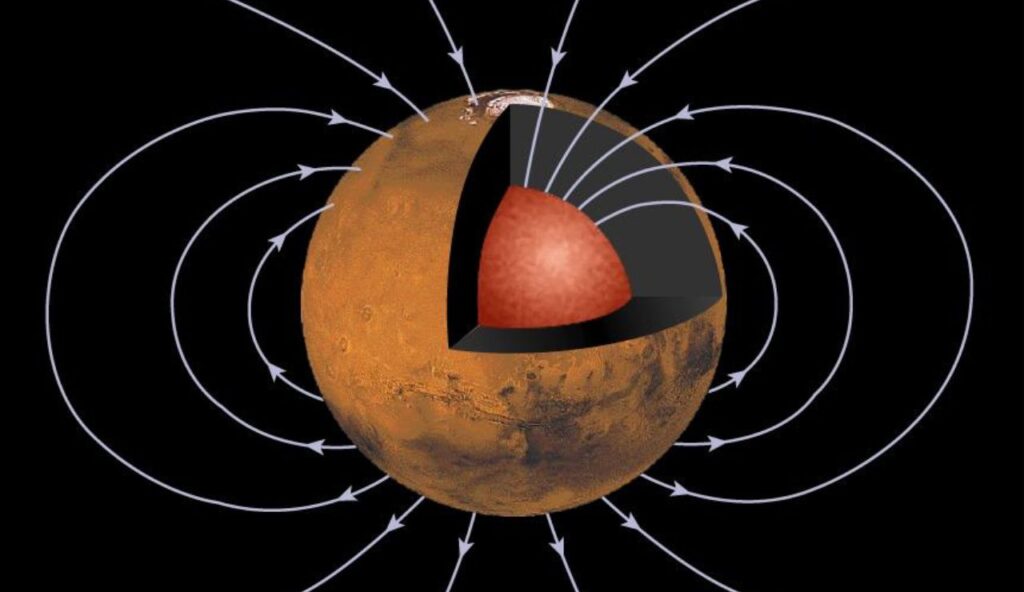
Parts of Mars’s crust are strongly magnetic, while other areas show no magnetism at all. This patchy pattern is strange and doesn’t match anything we see on Earth. Scientists think Mars once had a magnetic field, but it disappeared long ago. The leftover crustal magnetism might be from that ancient field. Still, no one knows why it’s so uneven or what caused it to vanish so early.
7. How Did Mars Lose Its Atmosphere?
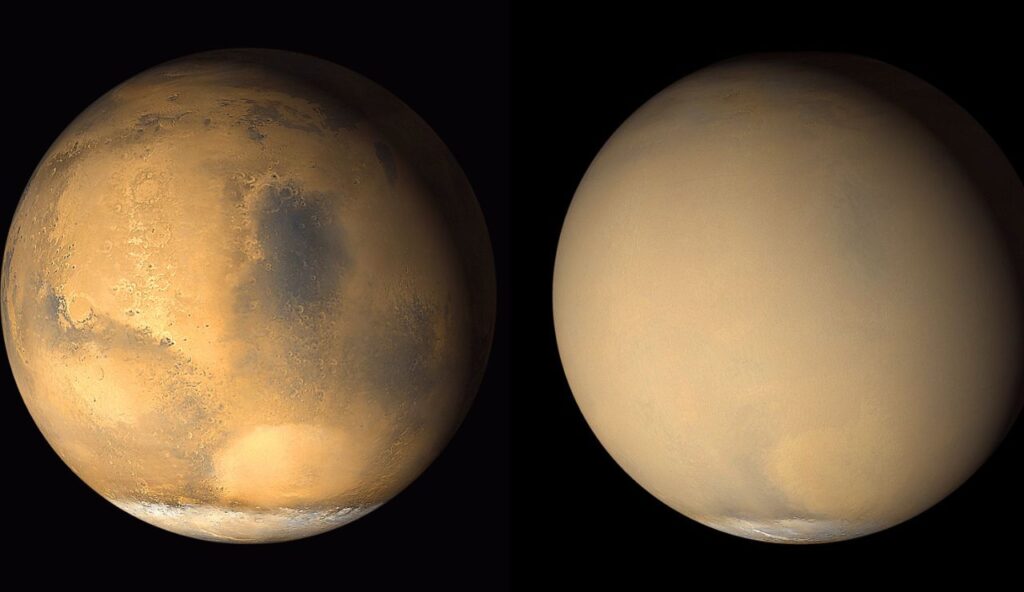
Mars once had a thicker atmosphere that could hold heat and possibly support flowing water. Today, it’s thin and weak, barely enough to protect the surface. Scientists believe solar wind slowly stripped it away after the planet lost its magnetic field. But the full story isn’t clear. We still don’t know exactly when it happened or if a major event sped up the loss over time.
8. What Are Those Seasonal Methane Spikes?
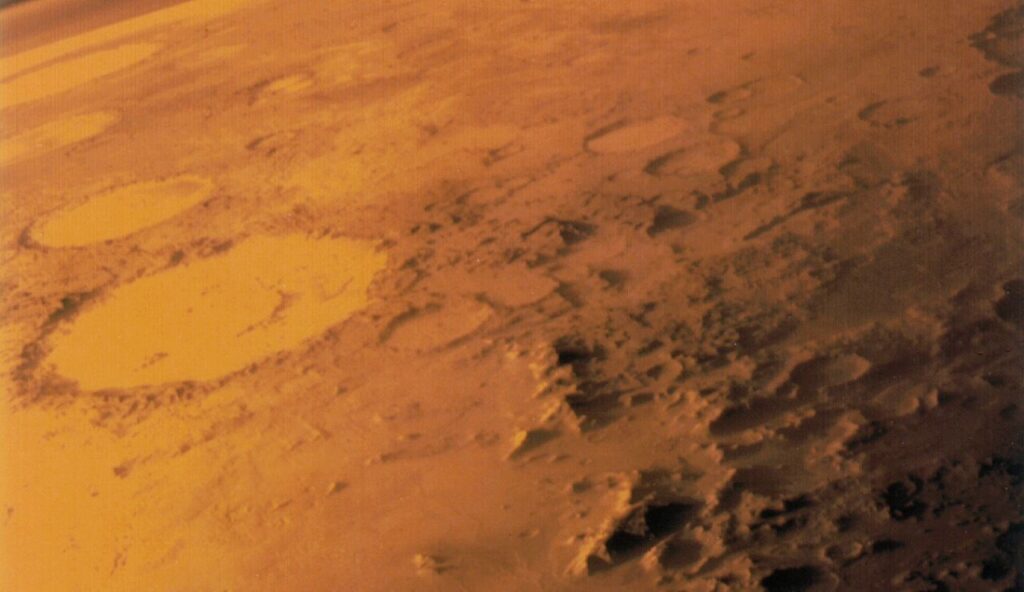
Every now and then, Mars releases short bursts of methane into the air. They often appear during warmer seasons and then disappear again. On Earth, methane usually comes from living things, but it can also form from rocks. So what’s causing it on Mars? No one knows for sure. The spikes are hard to track, and until we understand them, the source of the gas remains a mystery.
9. Could Humans Really Survive There Long-Term?
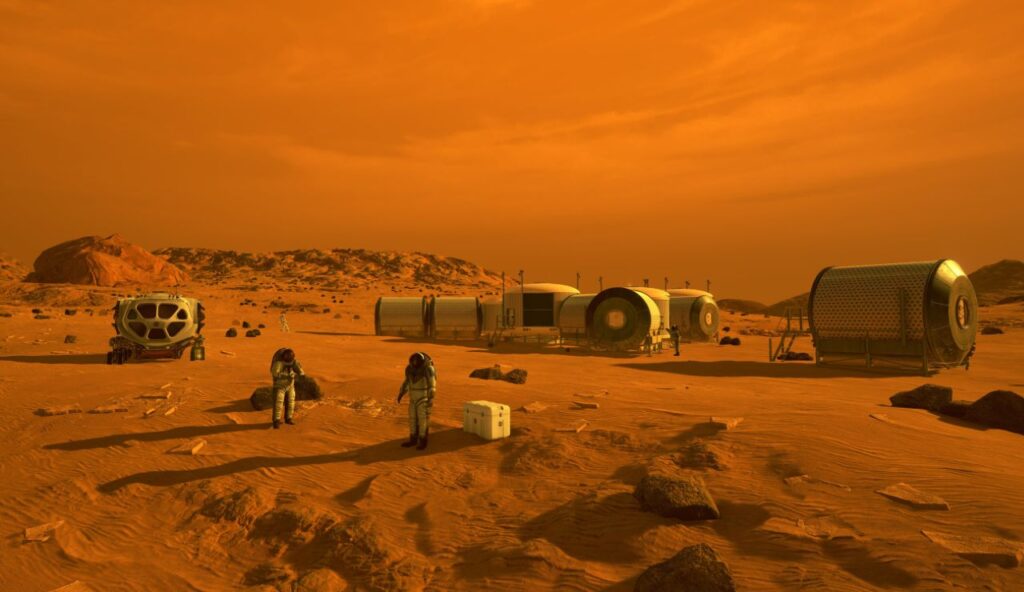
Sending people to Mars sounds exciting, but living there is a much bigger challenge. The planet is freezing, has little air, and gets hit with high radiation. Its soil may also be toxic. Scientists are testing ways to grow food, build shelters, and protect human health, but we don’t have all the answers yet. Until more research is done, long-term survival is still full of unknowns.
10. Why Are Some Martian Rocks Magnetized and Others Aren’t?
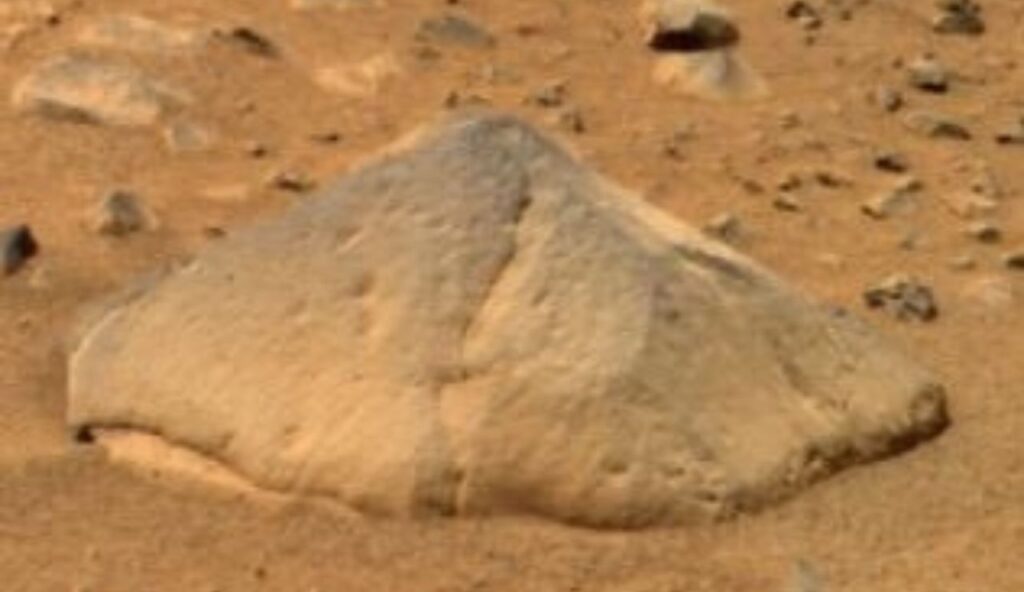
Mars has areas where surface rocks are highly magnetic, sitting right next to places with none at all. This uneven magnetism doesn’t follow a clear pattern, which puzzles scientists. It might be tied to Mars’s ancient magnetic field or past volcanic activity, but nothing has been proven yet. Without samples from deep underground, the reason for these strange rock differences stays unknown.
